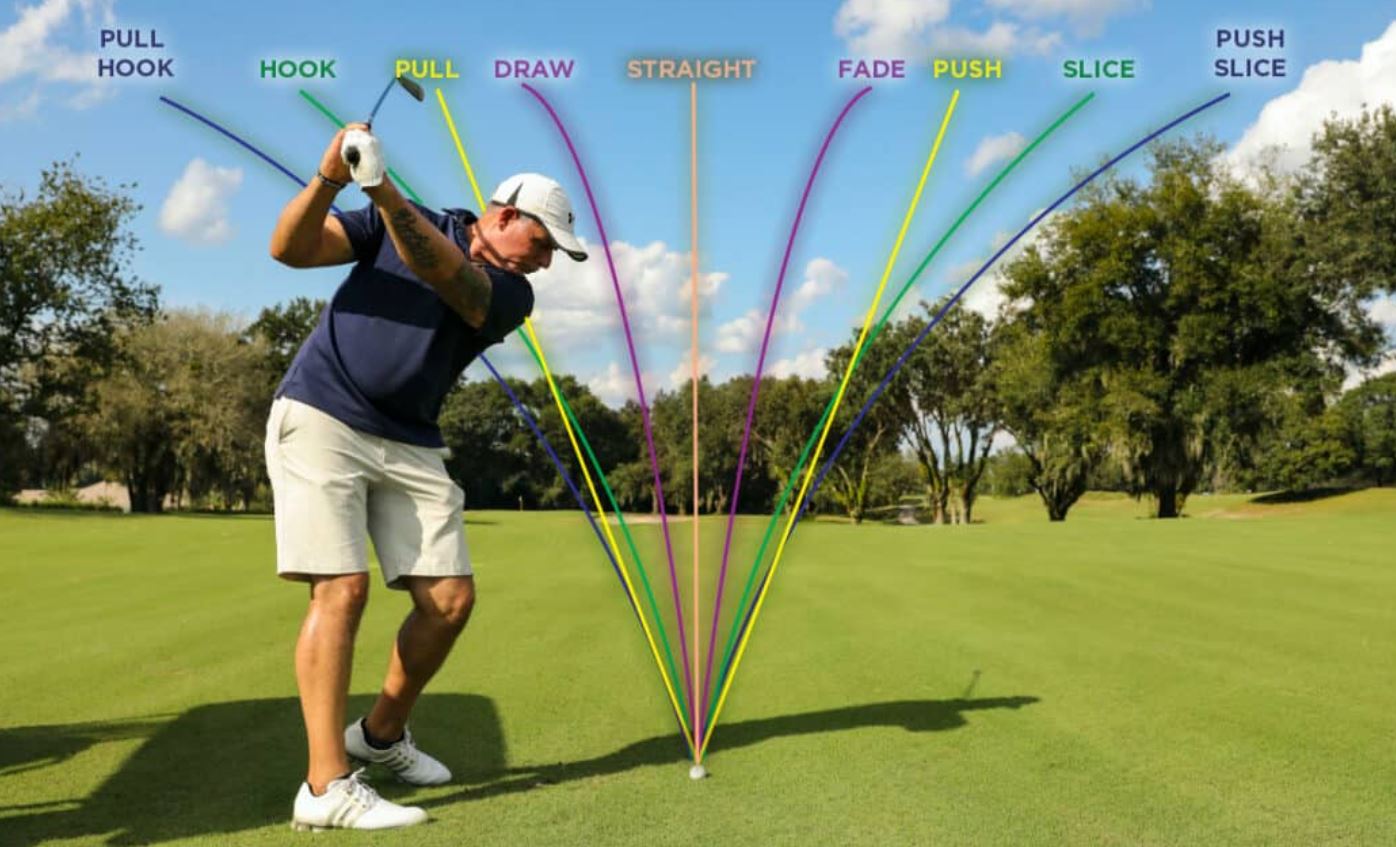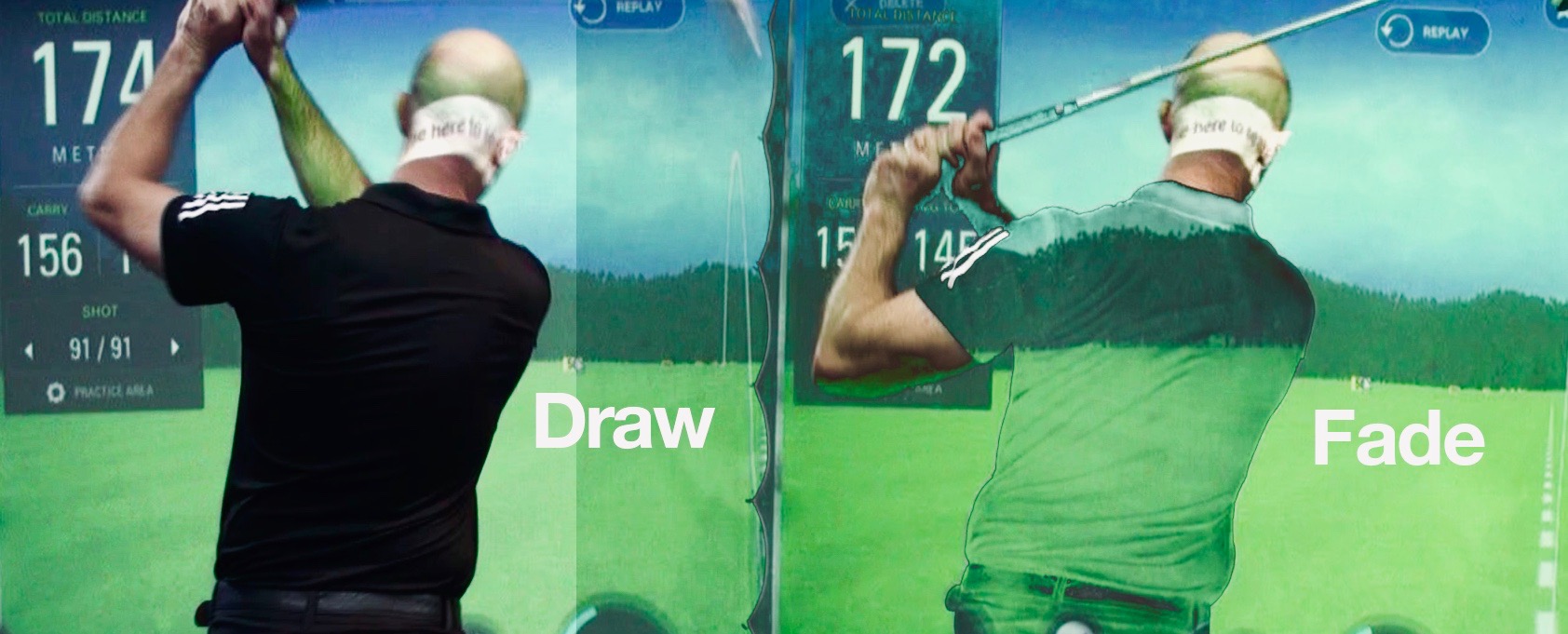

Tiger Woods is an ideal role model to base your power fade tee shot off. The ability to play a controlled power fade can help you escape sticky situations and optimize your distance performance from left to right dog-legs.

Conversely, your golf ball travels right of the target line and continues offline. Plus, the ball is sent on a stable flight. When you pull off a fade, your club follows a controlled outside-in path. The side spin generated can cause the ball to kick further right and into trouble.īasically, a fade shot shapes from left to right less than a slice. A fade shot is typically a controlled shot that starts left of the target line and gradually shapes from left to right for right-handers.Ī slice shot starts right of the intended target and continues to shape away from it for right-handed golfers. However, despite their similarities in ball-flight, they are different.
#DRAW VS FADE IN GOLF PRO#
From the tee, PGA pro Steve Bosdosh says, place the ball on the right side of the tee box, then aim at a spot on the left half of the fairway. She aims the club face at the spot where she wants the ball to land, then proceeds with her normal swing. LPGA standout Lorena Ochoa hits a fade by first pointing her body to the left of the target. Take the club head back low and straight, then maintain a long sweeping arc for the remainder of your swing, including the follow through.

To gain sufficient height on a draw off the tee, golf teacher Mike Lopuszynski says to line the ball up with your left armpit, then close your stance “about an inch,” which should create the ball’s right-to-left path. Zander advises golfers to use the same motion with the right hand when trying to hit a draw. The handball player hitting such a shot strikes the ball with the palm of his hand square to the target, but rotates his hand down and to the left through the hitting zone. Golf instructor Josh Zander says golfers who wish to hit a draw should visualize what a handball player does to curve the ball to the left. Top professionals typically can hit draws or fades at will to gain the proper position on the fairway, or to land the ball at a desired spot on the green. Some players hit draw shots or fade shots naturally.


 0 kommentar(er)
0 kommentar(er)
